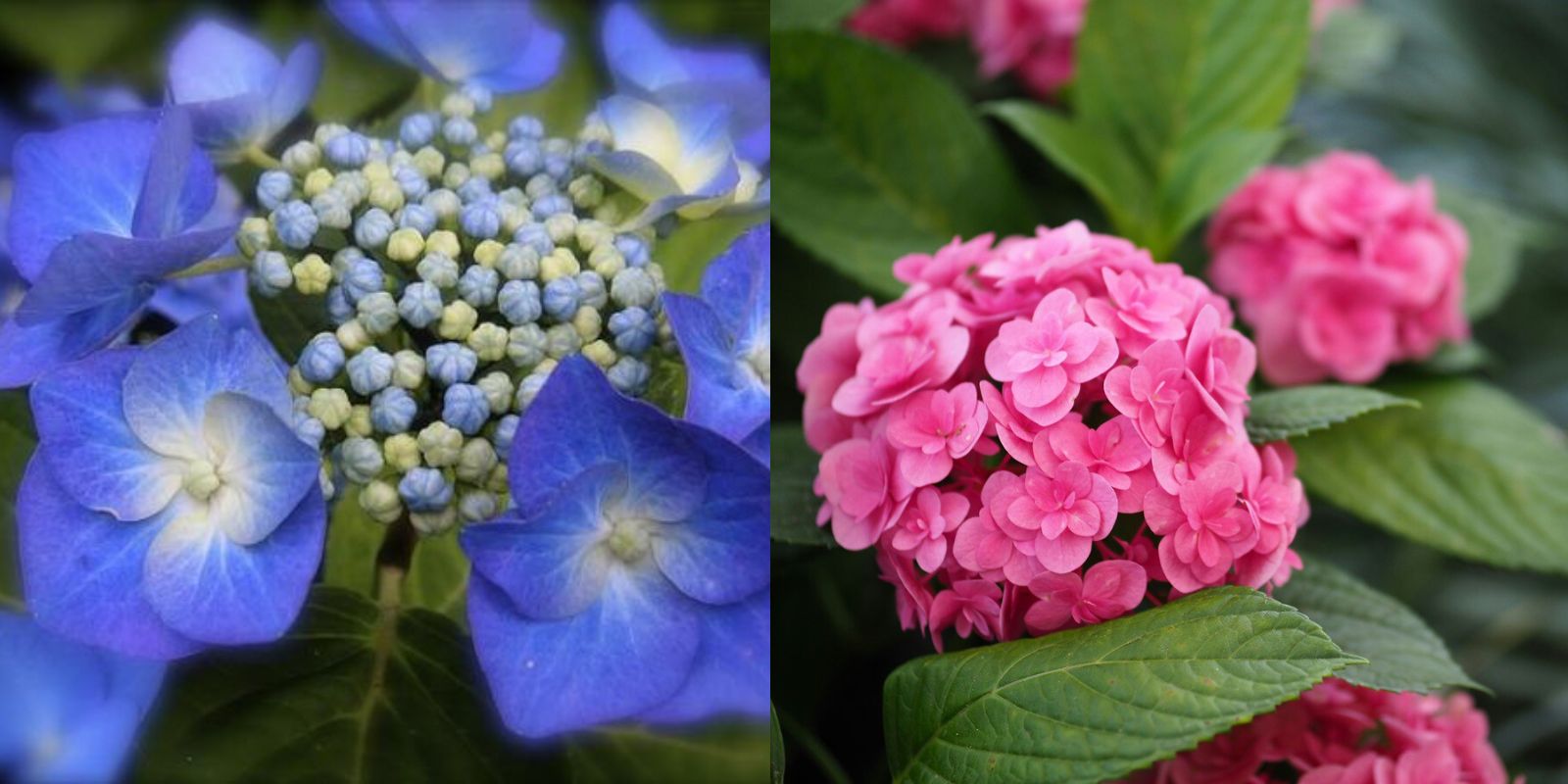Introduction
Hydrangeas are cherished for their stunning blooms, which can range from pink to white to blue. The ability to change the color of these flowers based on soil conditions is one of the plant’s most appealing features. If you’ve ever wondered how to turn your hydrangeas from pink to a vibrant blue, the answer lies in a simple but effective gardening trick using aluminum sulfate. This article will guide you through the steps to achieve beautiful blue hydrangeas, providing tips and insights to make your gardening experience a success.
Understanding Hydrangea Color Change
Before diving into the method, it’s essential to understand why hydrangeas change color. The color of hydrangea blooms is influenced by the pH level of the soil:
- Acidic Soil (pH < 6.0): Produces blue blooms.
- Neutral to Alkaline Soil (pH > 7.0): Results in pink blooms.
- Neutral Soil (pH ~6.5): Generally leads to white blooms.
By altering the soil’s pH, you can manipulate the color of the flowers. Aluminum sulfate is a key ingredient in this process, as it helps to lower the soil pH, making it more acidic and turning pink hydrangeas to blue.
Materials Needed
To start this simple yet effective transformation, gather the following materials:
- Aluminum Sulfate: The main ingredient for acidifying the soil. Available at garden centers or online.
- Aluminum Cup or Container: For measuring and applying the aluminum sulfate. An aluminum container helps in the acidification process.
- Watering Can or Hose: For watering the plants after applying the aluminum sulfate.
- Garden Gloves: To protect your hands during the application process.
Step-by-Step Guide to Transform Your Hydrangeas
1. Prepare the Area
Start by assessing your hydrangeas and the soil around them. Ensure the soil is dry enough to work with but not parched. If you have recently watered the plants, allow the soil to dry out slightly before proceeding.
2. Measure Aluminum Sulfate
Fill the aluminum cup with aluminum sulfate. The typical application rate is about 1 cup of aluminum sulfate per 1 square meter of soil. Adjust the quantity based on the size of your planting area and the number of plants.
3. Apply Aluminum Sulfate
Sprinkle the aluminum sulfate evenly around the base of your hydrangeas. Ensure you distribute it well, avoiding direct contact with the plant stems to prevent any potential damage.
- Application Tips: Spread the aluminum sulfate in a circular pattern around the base of the plant, extending out to the drip line where the plant’s foliage ends.
4. Incorporate into Soil
Gently work the aluminum sulfate into the top layer of the soil using a garden fork or trowel. This helps the substance mix well with the soil and start the acidification process.
- Mixing: Aim to mix the aluminum sulfate into the top 2-3 inches of soil where the plant’s roots are most active.
5. Water the Plants
After applying and mixing the aluminum sulfate, water your hydrangeas thoroughly. This helps dissolve the sulfate and allows it to penetrate the soil, starting the process of lowering the soil’s pH.
- Watering: Use a watering can or hose to evenly moisten the soil around the base of the plants.
6. Monitor and Maintain
Keep an eye on your hydrangeas over the coming weeks. The color change to blue might take a few weeks to become noticeable. During this time, maintain regular watering and avoid over-fertilizing, as excess nutrients can interfere with the color change.
- pH Testing: If desired, use a soil pH test kit to monitor the soil’s pH level. Aim for a pH between 5.0 and 5.5 for optimal blue blooms.
Tips for Success
- Reapply as Needed: Depending on the initial pH level of your soil and how quickly you want to see results, you may need to reapply aluminum sulfate. Follow the manufacturer’s instructions for frequency and quantity.
- Combine with Organic Matter: Incorporate organic matter like peat moss into the soil to further acidify it and improve soil structure. Organic matter also helps retain moisture and nutrients.
- Protect Plants: Avoid applying aluminum sulfate in windy conditions to prevent drift onto other plants. Use garden gloves to protect your hands from irritation.
- Soil Testing: Periodically test your soil pH to ensure it remains in the acidic range. Adjust the application of aluminum sulfate as needed to maintain the desired color.
Troubleshooting Common Issues
If your hydrangeas aren’t turning blue as expected, consider these factors:
- Soil pH Level: Check the soil pH to ensure it is acidic enough. If the soil is still too alkaline, you may need to apply more aluminum sulfate.
- Soil Quality: Poor soil quality can affect color changes. Improve soil conditions with compost or organic matter to support healthy plant growth.
- Plant Variety: Not all hydrangea varieties respond to pH changes in the same way. Make sure your variety is known for its ability to turn blue with soil acidification.
Conclusion
Transforming your hydrangeas into a stunning shade of blue is a simple and rewarding gardening trick. By using aluminum sulfate and following the outlined steps, you can enjoy vibrant blue blooms that enhance the beauty of your garden.
Don’t forget to share your success and tips with the gardening community! Use #HydrangeaTransformation #BlueBlooms #GardeningHacks #PlantColorChange to inspire others and connect with fellow gardening enthusiasts. Enjoy the process and the beautiful results of your blooming hydrangeas! 🌸💙🌿

